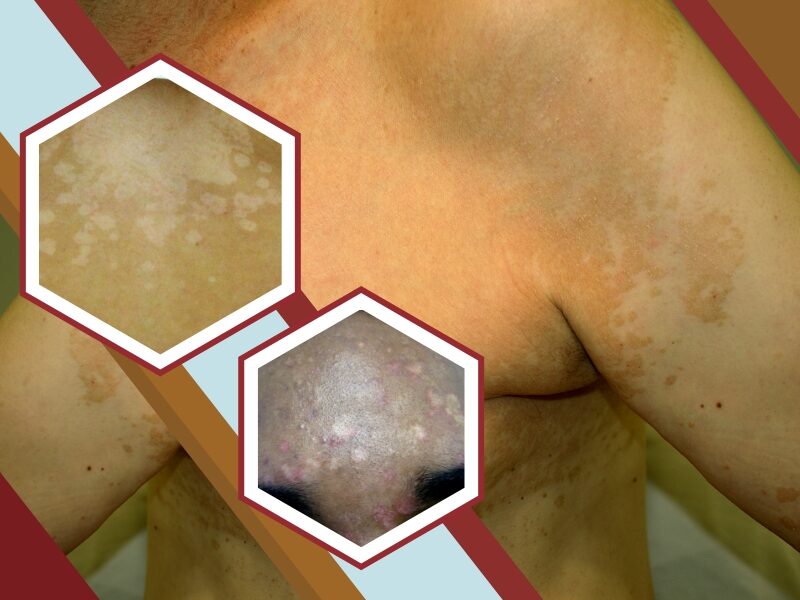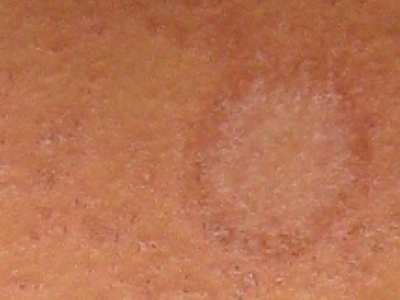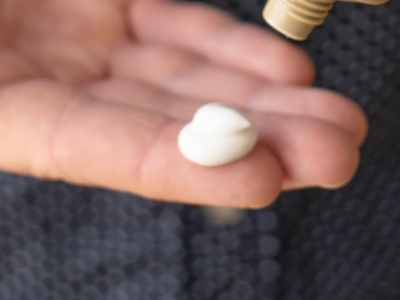What Bacteria Causes Pityriasis Versicolor?

What Is Pityriasis Versicolor?
Pityriasis Versicolor is a common fungal skin infection. The fungus interferes with the normal pigmentation of the skin, resulting in small, discolored patches. These patches may be lighter or darker in color than the surrounding skin and most commonly affect the trunk and shoulders.
Bacteria That Causes Pityriasis Versicolor
Pityriasis Versicolor results from a type of yeast that naturally lives on your skin. When the yeast grows out of control, the skin disease appears as a rash. Malassezia’s yeast that causes tinea versicolor grows on normal, healthy skin. This condition is not contagious but may affect people of any skin color.

Where is Pityriasis Versicolor Found?
The fungus that causes Pityriasis Versicolor can be found on healthy skin. It only starts causing problems when the fungus overgrows or is triggered by humid weather, hormonal changes, and oily skin. The patches most often occur on the chest or back. They also stop the skin from tanning evenly and often appear as lighter spots on tan skin.
How to Prevent Pityriasis Versicolor?
To help prevent the condition from returning, your doctor can prescribe a skin or oral treatment that you use once or twice a month. You may need to use these just during warm and humid months or when you are at high risk of the condition.

Treatment
You can apply an over-the-counter antifungal lotion, cream, ointment, or shampoo for a mild condition. Wash and dry the affected area when using creams, ointments, or lotions. Then apply a thin product layer once or twice a day for at least two weeks. If you’re using shampoo, rinse it off after waiting five to ten minutes. Some products that are typically recommended for treatment are:
- Clotrimazole cream or lotion
- Miconazole cream
- Selenium sulfide
- Terbinafine cream or gel
- Zinc pyrithione soap



